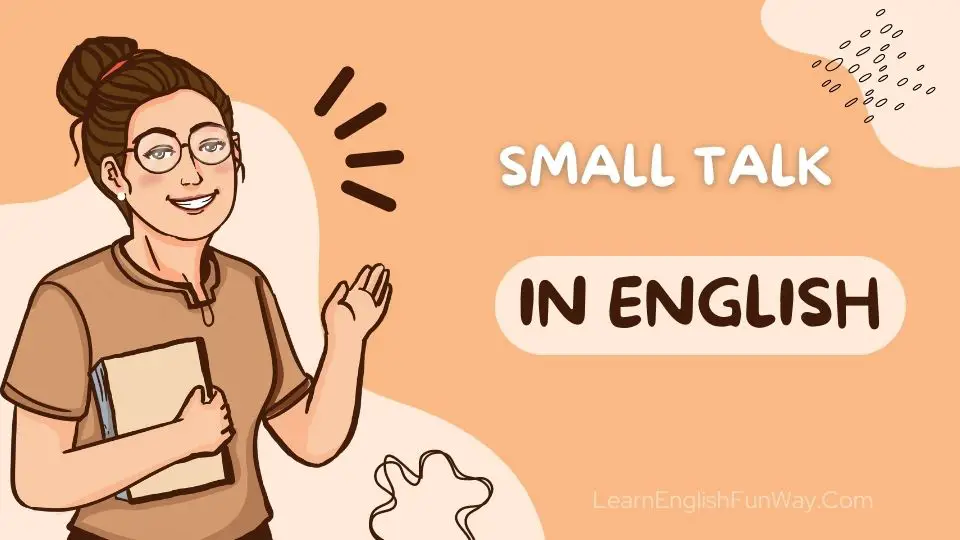Hello and welcome, beginner English learners! Are you excited to take your first steps into the world of English communication? We’re here to help you kickstart your language journey. We understand that starting a new language can be both thrilling and a little challenging, but fear not – we’re here to make it simple and enjoyable for you. In this post, we’ll break down the essential greetings and introductions that will set the stage for your conversations. So, let’s dive in together and build a strong foundation for your English-speaking adventures!

Basic Greetings and Introductions in English
Table of Contents
Here are some basic greetings in English:
| Greeting | Meaning/Usage |
|---|---|
| Hello | Universal greeting |
| Hi | Informal, friendly |
| Hey | Casual and friendly |
| Good morning | Greeting in the morning |
| Good afternoon | Polite greeting in the afternoon |
| Good evening | Polite greeting in the evening |
| How are you? | Asking about someone’s well-being |
| What’s up? | Informal way to ask how someone is |
| How’s it going? | Casual way to ask about someone’s situation |
| Nice to meet you | Used when meeting someone for the first time |
| Hi there | Informal and friendly |
| Greetings | Formal way to say hello |
| Howdy | Informal and often used in certain regions |
| Morning | Casual, short version of “Good morning” |
| Afternoon | Casual, short version of “Good afternoon” |
| Evening | Casual, short version of “Good evening” |
| How have you been? | Asking about someone’s recent experiences |
| Long time no see | Used when you haven’t seen someone for a while |
| Hey, what’s happening? | Casual way to initiate a conversation |
| Yo | Very informal and casual |
Asking and giving names in English:

Asking for Names:
- What’s your name?
- This is the most common and straightforward way to ask someone’s name.
- May I know your name?
- A more polite variation of asking for someone’s name.
- Sorry, I didn’t catch your name. Could you please repeat it?
- If you didn’t hear the name clearly, this is a polite way to ask them to say it again.
- Excuse me, but could you tell me your name?
- Another polite way to request someone’s name.
Giving Names:
- My name is [Your Name].
- The most simple and direct way to introduce yourself.
- I’m [Your Name].
- A more casual way of giving your name.
- You can call me [Nickname or Preferred Name].
- If you have a nickname or a name you prefer to be called, you can mention it.
- Hi, I’m [Your Name]. Nice to meet you.
- A friendly and common introduction.
- Hello, my name’s [Your Name]. It’s a pleasure to meet you.
- A slightly more formal way to give your name.
Remember that when giving your name, you might also want to offer a handshake, smile, or other gestures depending on the situation. When asking for someone’s name, be attentive and show genuine interest in their response.
Formal vs. informal introductions in English
Formal and informal introductions in English differ based on the level of politeness, context, and relationship between the people involved. Let’s explore the differences:

Formal Introductions: Formal introductions are used in professional, official, or unfamiliar situations. They often include titles, last names, and respectful language.
- Greetings:
- “Good morning/afternoon/evening.”
- “Hello.”
- “It’s a pleasure to meet you.”
- Asking for Names:
- “May I know your name?”
- “Could you please introduce yourself?”
- “Might I ask who you are?”
- Giving Names:
- “My name is [Full Name].”
- “I am [Title/Full Name].”
- “Allow me to introduce myself, I’m [Full Name].”
- Addressing Others:
- “Mr. [Last Name]” (for men)
- “Mrs./Ms./Miss [Last Name]” (for women)
- “Dr. [Last Name]” (for doctors)
- “Professor [Last Name]” (for professors)
Informal Introductions: Informal introductions are used among friends, family, or in casual settings. They are more relaxed and omit titles and formalities.
- Greetings:
- “Hi!”
- “Hey!”
- “Hello!”
- Asking for Names:
- “What’s your name?”
- “What should I call you?”
- Giving Names:
- “I’m [First Name].”
- “Call me [Nickname/First Name].”
- “I go by [Nickname/First Name].”
- Addressing Others:
- First names are commonly used.
When to Use Each:
- Formal Introductions: Use in professional settings, meetings, interviews, when meeting someone of higher authority, or when you’re unsure about the level of familiarity.
- Informal Introductions: Use with friends, family, peers, or in relaxed social gatherings.
It’s important to gauge the context and relationship to decide which type of introduction is appropriate. Over time, you’ll become more comfortable using both formal and informal introductions in different situations.
Small talk after greetings in English
Small talk is a common way to continue a conversation after initial greetings in English. It helps establish rapport and create a comfortable atmosphere. Here are some topics and examples of small talk you can use:

- Weather:
- “Nice weather today, isn’t it?”
- “It’s quite chilly/hot outside, isn’t it?”
- Hobbies and Interests:
- “Do you have any hobbies?”
- “What do you like to do in your free time?”
- Weekend Plans:
- “Any exciting plans for the weekend?”
- “Are you doing anything special this weekend?”
- Work or Study:
- “How’s work/school going for you?”
- “What do you do for a living?”
- Family:
- “Do you have any siblings?”
- “How’s your family doing?”
- Travel:
- “Have you been on any recent trips?”
- “Do you enjoy traveling?”
- Movies/Books/TV Shows:
- “Have you seen any good movies lately?”
- “Do you have a favorite book or TV show?”
- Food and Drinks:
- “Do you have a favorite type of cuisine?”
- “Have you tried that new restaurant in town?”
- Current Events:
- “Have you heard about the latest news?”
- “What do you think about the recent developments?”
- Sports:
- “Do you follow any sports teams?”
- “Did you catch the game last night?”
Remember, the goal of small talk is to find common ground and build a connection, so ask open-ended questions and show genuine interest in the other person’s responses.
In conclusion, mastering basic greetings and introductions in English is essential for anyone looking to communicate effectively in the language. By learning these simple phrases, you can confidently navigate social situations, make a positive first impression, and establish rapport with native English speakers. Remember always to be polite and attentive when greeting someone, using the appropriate level of formality based on the context. Practice these greetings regularly to improve your fluency and natural delivery. So don’t hesitate – start practicing today and open the door to new connections and opportunities!





